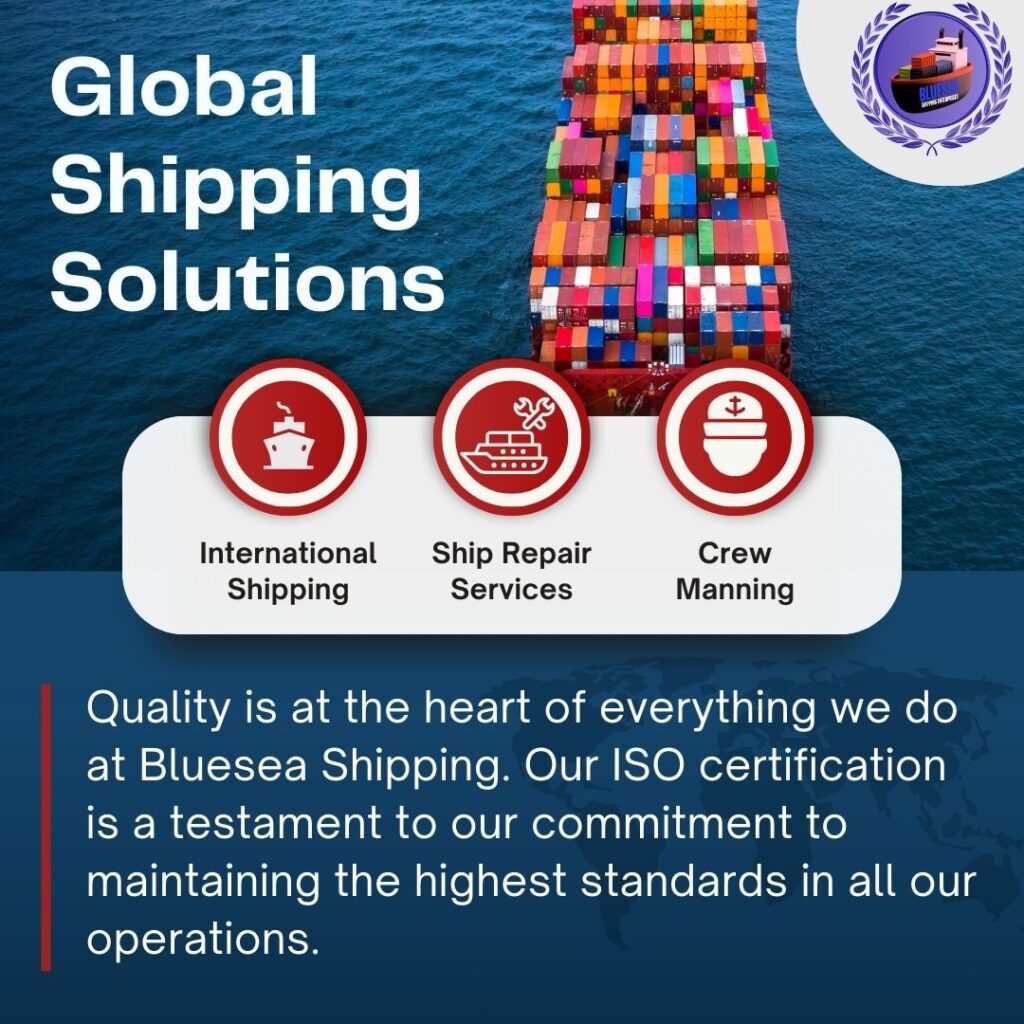How internet marketing really works
The term internet marketing is often abused by people to denote a mysterious form of marketing that somehow generates unfathomable leads… sometimes for free!
The truth is that internet marketing is a legitimate lead generation strategy that, like traditional marketing, can take a lot of time, work, and experience. And, just like traditional marketing, if you’re not paying good money for it, then you’re probably not going to get the results you desire.
So…in this post, I’m going to help demystify the myths behind internet marketing by exploring the 3 main types of internet marketing and how you can use them to your advantage.
1. Search Engine Optimization (SEO)
SEO is the process of making a website or web page rank higher than other websites in search engines such as Google, Yahoo, or Bing. These rankings specifically refer to the white area in the middle of the page (“organic”), not to be confused with the shaded areas at the top, right, and bottom of the page which are areas in which people pay Google for their ad to come up (we’ll discuss that next).
An SEO process can contain many different steps and strategies but all generally include some variation of “optimizing” the code and content on a website while also building high-quality links to your site. Using both of these strategies will show search engines that your site is a top resource for the content or media the searcher is looking for.
The search terms or “queries” users place into search engines are often called “keywords.” Choosing which keywords to target through SEO revolves around what the business owner or marketer believe their target potential customer will type into the search engine. It is the job of Search Engine Optimizers (“SEO’s”) to analyze and determine which keywords will yield the greatest number of leads and then to optimize the site to target those keywords.
For instance, if I want to find a company that does digital marketing here in our company headquarters, I might type the phrase “digital marketing riverside” into Google. A different set of search results will be displayed to the searcher for each and every different keyword you type.
SEO’s will also want to complete and submit the company’s directory and maps listings for local business. The more accurate those listings are across the board, the more Google and other search engines will validate and rank a local or maps listing for the business. This “Local SEO” tactic is key for small businesses because ranking locally on Google will allow their business website to display near the top of the Search Engine Results Page (SERP) along with their phone number, directions, and online reviews.
2. Pay-Per-Click Marketing (PPC)
Pay-Per-Click is exactly what it sounds like: You place a bid on a certain keyword that you would like your ad to display for and…if someone clicks the ad, you are charged for it. There are actually other types of campaigns in which you can pay per impression (the number of times people see your ad) or action (“likes” or “follows”), but most people generally group all paid search marketing within the term “PPC” since it is the most common.
Running a PPC campaign can be an expensive way to generate new leads to your business, but, when done correctly, a good PPC Manager will be able to optimize your campaign based on an optimal cost per conversion and will be able to drive high quality leads to your organization. Google and Bing provide many other opportunities to run PPC campaigns.
Other types of PPC campaigns include:
Display – Graphical or text ads that are displayed on other websites
Retargeting – Ads that are served to people that have already visited your website or shopping cart previously, reminding them of your products/service or targeting a special offer to them to help increase conversions.
Social Media Ads – Promoted posts or ads on social networks like Facebook or Twitter, engaging your followers, their friends, or a specific demographic.
Product Listing Ads – Bid on listing your eCommerce store’s products within platforms like Google Shopping.
When done correctly, each of these campaigns will enable you to get your website, products, services, and/or your brand directly in front of people who are already searching for what you are offering. Pay Per Click is the best way to drive new business immediately.
3. Social Media Marketing (SMM)
Social media has exploded over the last few years. It has become the default means for distributing content and media such as blog posts, articles, videos, press, and reviews. Social media is the new word of mouth.
Social Media Marketing (“SMM”) can be a great way to engage your followers and their friends in ways you otherwise would never be able to. It also is a great way to be creative and drive interest to your brand in ways that your competitors aren’t.
Before social media, you would have to target a large audience through a medium like television to reach your target demographic. Now, you’re able to narrow your target down to age, interests, influences, buying patterns, and much more. You can also use it engage your loyal followers to be a champion of your brand, driving their friends to your site or storefront.
Unlike SEO and PPC, there is no technical guide to using SMM. Each strategy, campaign, and network is unique to each business — however, all should be done with the intent of driving your customers or followers to perform a specific action that will be beneficial to your business.





























